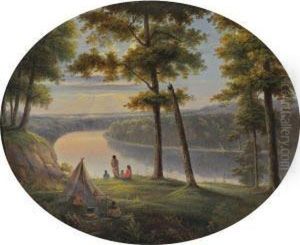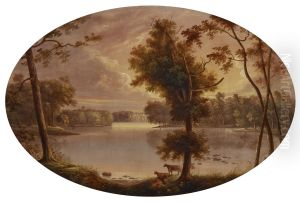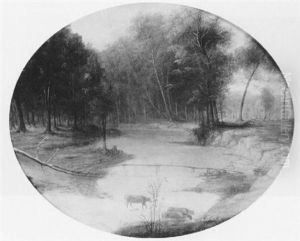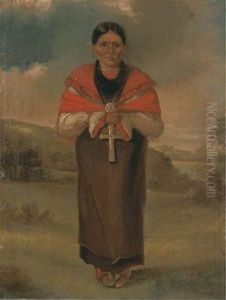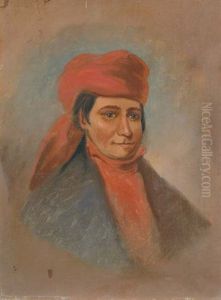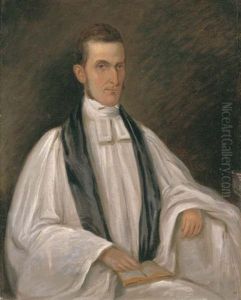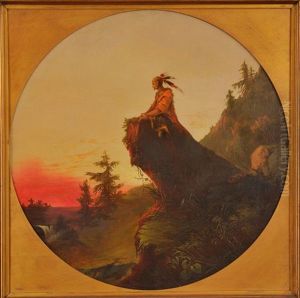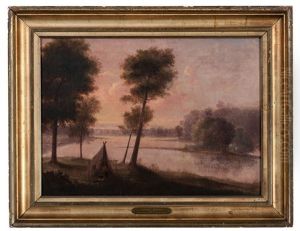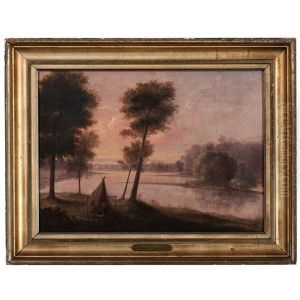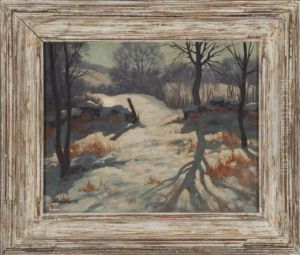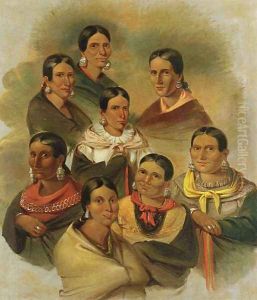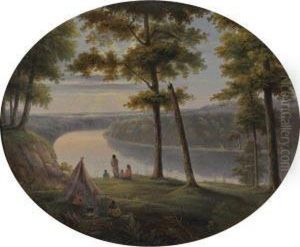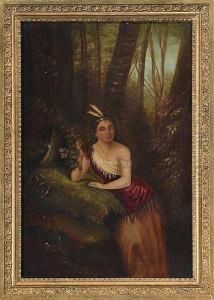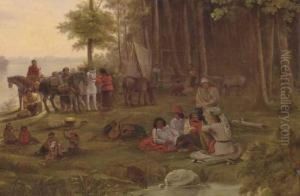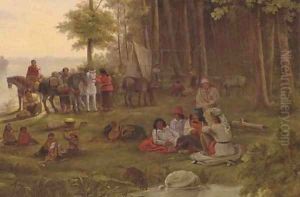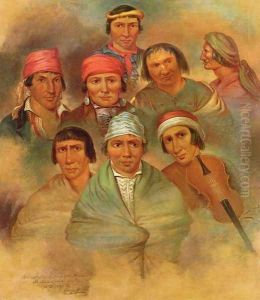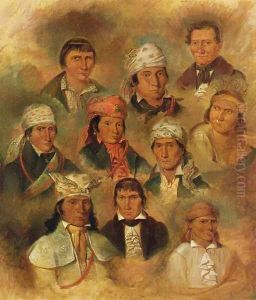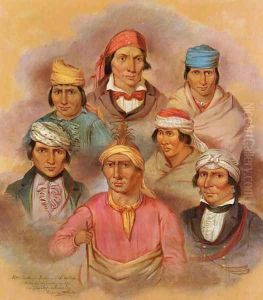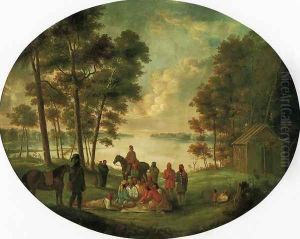George Winter Paintings
George Winter was an English-born American frontier and Native American portrait artist. He is best known for his works that documented the lives and cultures of Native American peoples in Indiana during the mid-19th century, particularly the Potawatomi and Miami tribes. Born in Portsea, England, on June 10, 1809, Winter emigrated to the United States in 1830, initially settling in New York before moving to the Midwest, where he would spend much of his life.
Winter's journey into the heart of the American frontier began in earnest when he arrived in Logansport, Indiana, in 1837. This period was a time of significant change and upheaval for the Native American communities in the region, as the federal government was actively pursuing policies that would lead to their displacement and removal. Winter's arrival coincided with the final stages of the forced removal of the Potawatomi people, an event known as the Potawatomi Trail of Death. Deeply moved by the injustices he witnessed, Winter dedicated himself to documenting the lives, customs, and appearances of the Native Americans he encountered, believing that his art could serve as a lasting record of their presence and humanity.
Throughout the 1840s and 1850s, Winter traveled extensively in Indiana and the surrounding states, sketching and painting Native American subjects, settlers, and landscapes. His work during this period is notable for its detailed observation and sympathetic portrayal of its subjects. Winter's paintings and sketches provide valuable historical insights into the period, capturing the complex relationships between Native Americans and European settlers, as well as the dramatic changes taking place in the American landscape.
Despite his efforts to preserve the memory of the Native American peoples he depicted, Winter struggled with financial instability throughout his life. He often sold his works for modest sums, and his contributions to American art and history were not fully recognized during his lifetime. It was only in the years following his death in Logansport, Indiana, on April 26, 1876, that Winter's work gained broader recognition. Today, George Winter's art is celebrated for its historical significance and its compassionate portrayal of Native American peoples. His paintings and sketches are preserved in several museums and collections, serving as a poignant reminder of the people and cultures that once thrived in the American Midwest.
